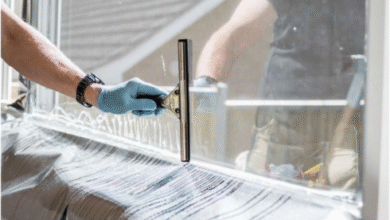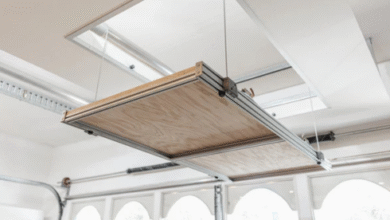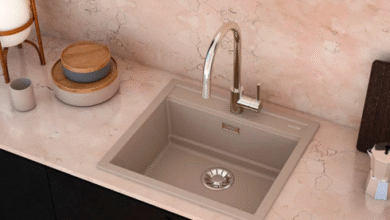Stamp Duty on Uninhabitable Property: What You Need to Know

Stamp Duty Land Tax (SDLT) is charged on property purchases above a certain threshold. The rate depends on the price paid and whether the property is residential or non-residential. The general rule is simple: you pay stamp duty based on the purchase price or market value of the property, whichever is higher.
However, the condition of the property — including if it’s uninhabitable — does not usually affect the calculation. Even if the property cannot be lived in without significant repairs, the taxman considers the property’s value, not its liveability.
What Counts as Uninhabitable?
An uninhabitable property might be one that’s structurally unsound, lacking basic services such as water or electricity, or damaged by fire or flood. It might also be a building in a dilapidated state, such as a barn or old commercial premises that need full conversion before anyone could live there.
While these properties clearly aren’t ready to move into, this status doesn’t automatically mean you’ll pay less stamp duty.
Potential Reliefs and Exceptions
There are some limited circumstances where reliefs or exemptions might apply, but these rarely depend on the condition of the property alone. For example, if you are buying a property at auction and the price is below market value due to its uninhabitable state, then the stamp duty is based on the actual purchase price, which could be lower.
Similarly, if the property is to be demolished and rebuilt, or it qualifies as non-residential, different SDLT rules might apply. But generally, the uninhabitable state does not grant automatic relief.
Renovating vs. Buying New
If your plan is to buy an uninhabitable property to renovate, it’s important to remember that stamp duty is payable at the time of purchase, not after renovations. Even if you turn a wreck into a stunning home, the tax was due on the original transaction.
This can be frustrating for buyers, especially those investing in properties specifically because they need a lot of work. Factor this cost into your budget before committing.
What About Additional Properties?
If the uninhabitable property you’re buying is a second home or a buy-to-let, you’ll likely face the higher rates of stamp duty surcharge. Again, the condition won’t affect this surcharge — it’s about the ownership status.
Conclusion
While it might seem unfair that the stamp duty on uninhabitable property doesn’t reduce the liability, it’s important to approach property purchases with this in mind. The keyword here is preparation. Understanding that stamp duty on uninhabitable property is generally charged the same as on any other property will help you avoid unexpected surprises.
Buying a property that needs work can be a fantastic investment or the home of your dreams, but it’s never without its costs. Stamp duty is one of those unavoidable expenses — regardless of whether the roof leaks or the walls need rebuilding.





